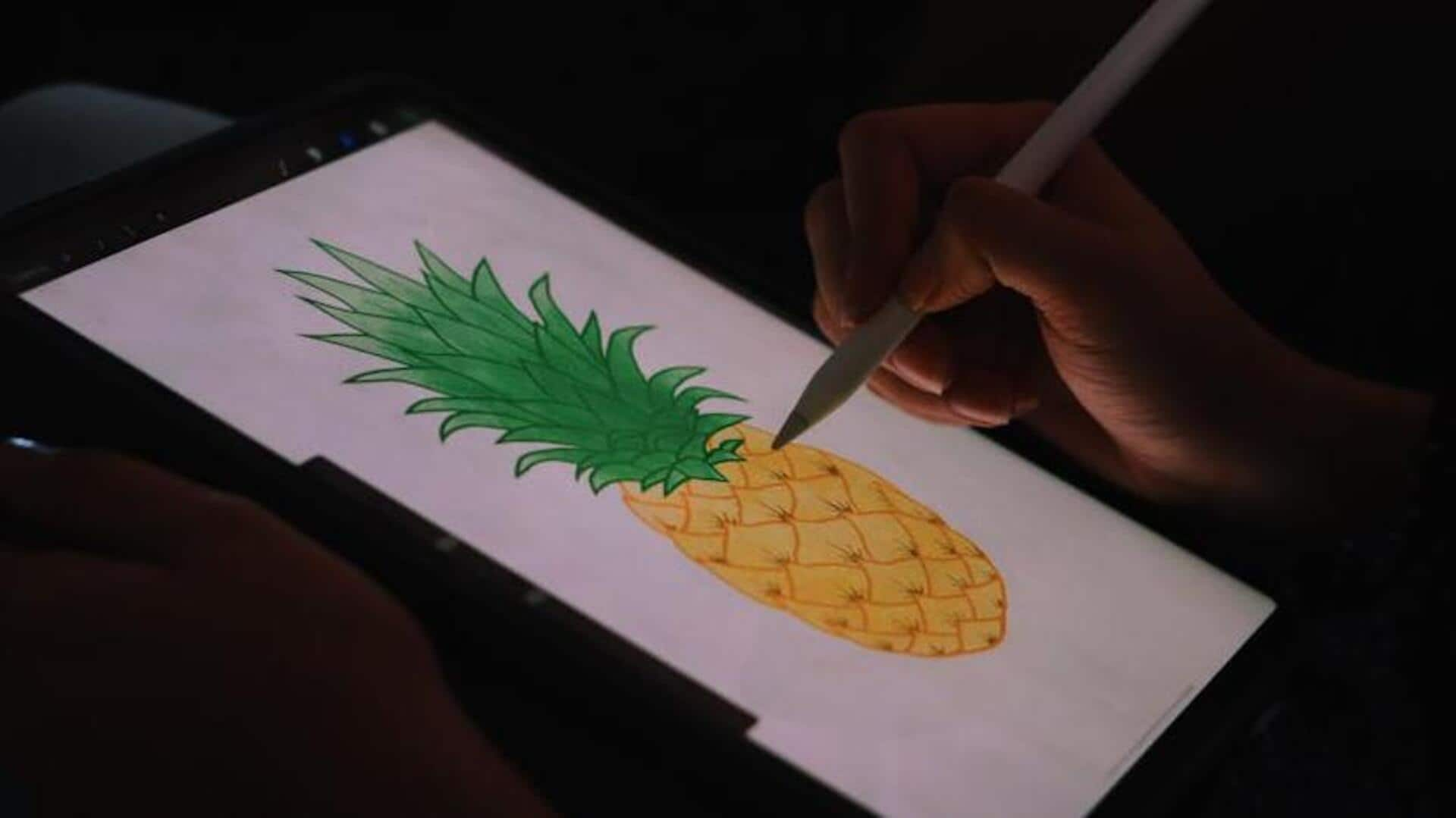
Unveiling the innovators of digital artistry
What's the story
Digital art has fundamentally changed how we perceive, create, and interact with art. This article delves into the profiles of artists who have pushed the boundaries of digital creativity. From pioneering digital painting to crafting immersive virtual reality experiences, these innovators have turned pixels and code into stunning visual narratives. They have reshaped our engagement with art in the digital era.
Origins
Pioneers behind the screen
The late 20th century marked digital artistry's inception, with Harold Cohen as a key figure. He created AARON, a computer program capable of producing original artworks. This pioneering work showed that computers could be more than tools; they could collaborate in the creative process. Cohen's contributions laid the groundwork for algorithmic and generative art, transforming our interaction with technology and art.
Evolution
The rise of digital painting
Digital painting emerged prominently as artists like David Hockney used iPads for vibrant landscapes and portraits. This shift democratized art-making, making it accessible and expanded the palette beyond traditional mediums to limitless digital colors and textures. With tools like Adobe Photoshop and Corel Painter, artists achieved unprecedented detail and realism, previously unattainable, transforming digital painting into a significant art form.
Immersion
Virtual reality: A new dimension
Virtual reality (VR) has revolutionized digital artistry, offering immersive experiences that captivate senses. Artists like Rachel Rossin utilize VR to merge physical and digital spaces, creating interactive installations. Here, viewers navigate through abstract digital landscapes as if they were tangible environments. This blend of technology and creativity forges new paths for storytelling, transforming audiences from passive observers into active participants in artistic narratives.
Blockchain
NFTs: Revolutionizing art ownership
Non-Fungible Tokens (NFTs) have introduced a groundbreaking shift in the valuation and trade of digital art. Beeple's NFT artwork, which sold for $69 million at Christie's, underscored the financial potential of digital creations. Leveraging blockchain technology, NFTs authenticate ownership and provenance of unique digital items. This offers artists a platform to monetize their work directly, bypassing traditional intermediaries.
Future
Educating the next generation
As digital art continues to evolve, educational institutions are adapting their curricula to include courses on digital creativity tools and techniques. Universities worldwide now offer programs dedicated to video game design, animation, and virtual reality development alongside traditional fine arts studies. These programs aim to equip students with both technical skills and artistic sensibilities needed to navigate the rapidly changing landscape of visual culture.